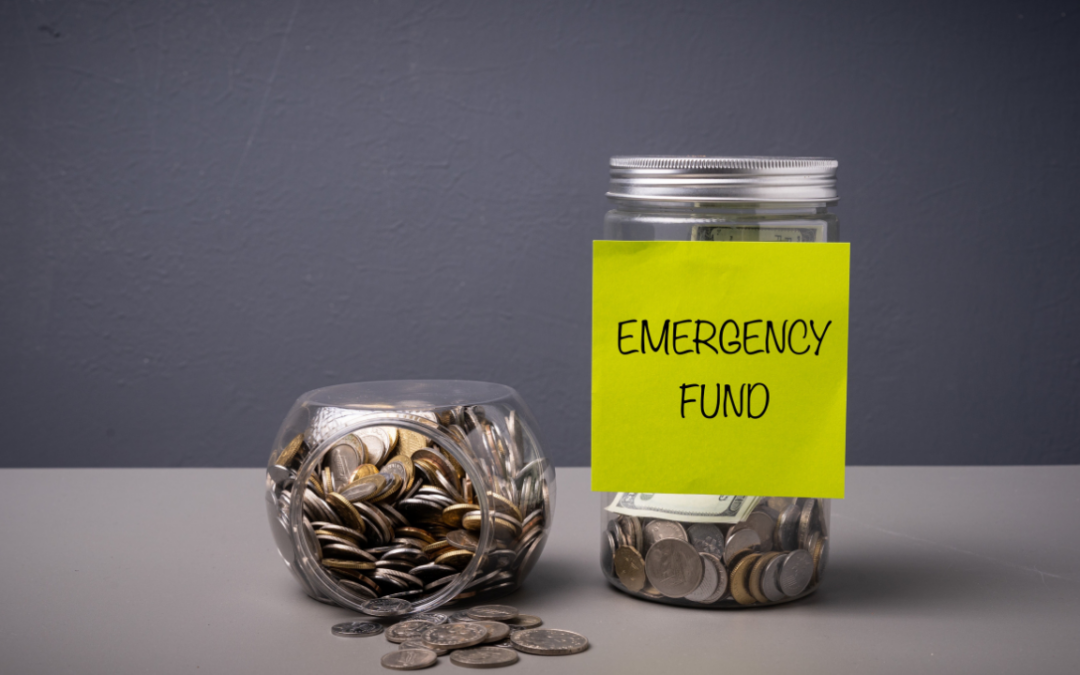Life is full of unexpected events, and having a financial safety net in place can provide peace of mind during difficult times. That’s where an emergency fund comes in. An emergency fund is a stash of money set aside specifically for unexpected expenses, such as medical bills, car repairs, or job loss. Building an emergency fund may seem daunting, but with a solid plan and discipline, anyone can achieve this financial goal. Here are some steps to help you build an emergency fund:
Set a Goal
Determine how much money you want to have in your emergency fund. Financial experts recommend saving at least three to six months’ worth of living expenses. However, this number may vary depending on your personal circumstances. Consider factors such as job stability, dependents, and any potential major expenses on the horizon.
Create a Budget
A budget is a crucial tool for managing your finances and reaching your savings goals. Take a close look at your income and expenses and identify areas where you can cut back. By reducing discretionary spending and reallocating those funds to your emergency fund, you can accelerate your savings.
Automate Your Savings
Make saving a priority by setting up automatic transfers from your checking account to your emergency fund. By automating your savings, you remove the temptation to spend the money elsewhere. Treat your emergency fund contribution as a regular bill that must be paid.
Start Small
If saving three to six months’ worth of living expenses seems overwhelming, start with a more attainable goal. Begin by saving $500 or $1,000, and gradually increase the amount over time. The key is to develop a consistent saving habit.
Cut Unnecessary Expenses
Take a critical look at your spending habits and identify areas where you can make cuts. Consider canceling unused subscriptions, reducing dining out, or finding more affordable alternatives for everyday expenses. Every dollar saved can be redirected to your emergency fund.
Increase Your Income
If your current income is not enough to meet your savings goals, consider finding ways to increase your earnings. This could involve taking on a side gig, freelancing, or seeking a promotion at work. The extra income can be dedicated to building your emergency fund faster.
Avoid Temptation
It’s easy to be tempted by impulse purchases or the latest gadget. Stay focused on your financial goals and remind yourself of the importance of having an emergency fund. Before making a non-essential purchase, ask yourself if it’s worth sacrificing your financial security.
Keep Your Emergency Fund Separate
To avoid accidentally dipping into your emergency fund for non-emergency expenses, keep it in a separate account. Consider opening a high-yield savings account or a money market account that offers easy access to your funds while earning some interest.
Building an emergency fund requires discipline and commitment, but the peace of mind it provides is invaluable. Start small, automate your savings, and make adjustments to your budget to accelerate your progress. Remember, emergencies can happen to anyone, so it’s better to be prepared than caught off guard. Start building your emergency fund today!


